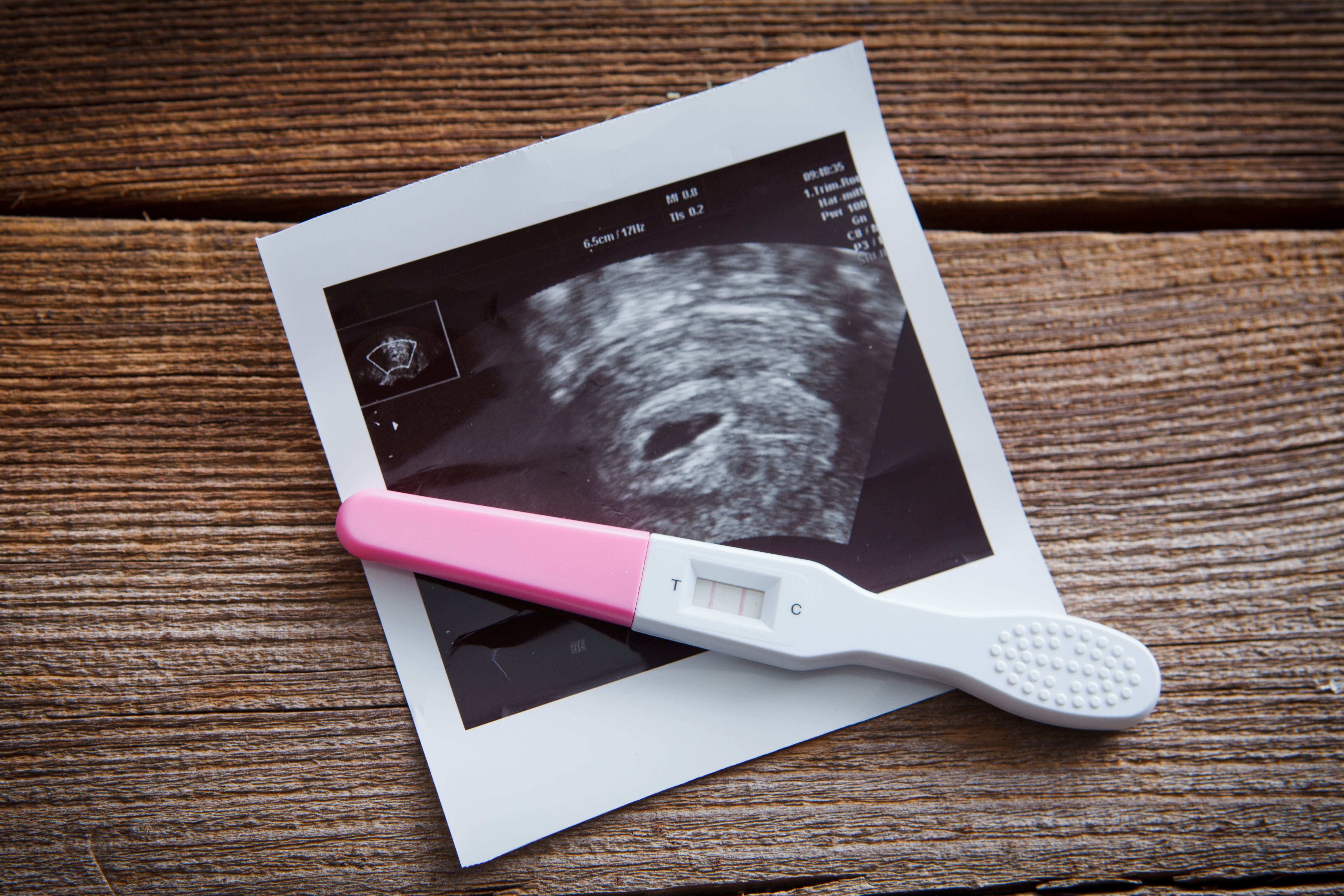News
Article
Most Patients Attempting Pregnancy After Breast Cancer Succeed
Author(s):
In a group of breast cancer survivors, 73% who attempted pregnancy were successful, though there were certain characteristics associated with an increased chance of getting pregnant.
Most patients under 40 with stage 1-3 breast cancer who tried to become pregnant succeeded, according to a recent study.

Most patients with stages 1 to 3 breast cancer who attempted to conceive after treatment were able to become pregnant and have a live birth, according to data presented in a press event ahead of the 2024 American Society of Clinical Oncology Annual Meeting.
“The current research that informs our understanding of the impact of breast cancer treatment on pregnancy and life birth rates is fairly limited,” study author Dr. Kimia Sorouri said in a presentation of the data. “This is the first prospective study with greater than 10 years of follow-up to report fertility outcomes in young breast cancer survivors account for attempting pregnancy.”
Sorouri is a member of the Breast Oncology Program at the Dana-Farber Cancer Institute in Boston.
“Many young women who are diagnosed with breast cancer are interested in future fertility,” Sorouri said. “However, many cancer treatments can impair an individual’s fertility and their ability to carry a pregnancy.”
Researchers on the study analyzed data from the prospective Young Women’s Breast Cancer Study. There were 1,213 patients aged 40 years and younger who received a diagnosis of stage 0 to stage 3 breast cancer between the years 2006 and 2016. Of note, patients with metastatic disease or who had their uterus or ovaries removed were not included in the study.
Among these participants, 197 reported that they attempted pregnancy over a median follow-up of 11 years. In this group, 73% became pregnant at least once, with 90% of these patients reporting having at least one pregnancy that resulted in a live birth. The median time to diagnosis to the first pregnancy was 48 months, according to the data, and among the 197 women who reported pregnancies, the median age at their breast cancer diagnosis was 32 years.
Of the 197 patients who attempted to conceive after their diagnosis, about half of patients (51%) reported being financially comfortable, and 72% reported never having a live birth before diagnosis. A total of 28% of patients underwent fertility preservation (via cryopreservation of embryos and/or eggs). In addition, 15% of patients had a known history of infertility before receiving their breast cancer diagnosis.
Regarding disease and treatment history of those who became pregnant, the majority (76%) had ER- and/or PR-positive disease, followed by HER2-positive disease (25%) and triple-negative breast cancer (17%).
Sixty-eight percent of patients received chemotherapy; 57% received endocrine therapy; 58% received radiation; 38% underwent a lumpectomy (surgical removal of part of the breast tissue to remove cancer); 22% underwent a unilateral mastectomy (surgical removal of one breast); and 41% underwent a bilateral mastectomy (surgical removal of both breasts).
Factors Associated With Pregnancy
Data showed that factors associated with a higher chance of becoming pregnant included: being younger at the time of diagnosis; being financially comfortable, defined as still having enough money left over to “buy special things after paying bills”; having undergone fertility preservation.
“While having undergone fertility preservation at diagnosis prior to receiving their cancer treatment was predictive of a live birth, the other patient cancer and treatment factors collected are not associated with either outcome,” Sorouri said.
The researchers also uncovered factors that did not seem to have an impact on the chance of pregnancy or birth. They were:
- A history of infertility
- Having previous births
- Characteristics of breast cancer
- Type of treatment received
- BRCA germline mutation status
- Race or ethnicity
“This suggests that in this modern cohort with a heightened awareness of fertility, access to fertility preservation can help to mitigate a portion of the damage from chemotherapy and other agents,” Sorouri said. “Importantly, this highlights the need for increased accessibility of fertility preservation services for women newly diagnosed with breast cancer who are interested in a future pregnancy.”
For more news on cancer updates, research and education, don’t forget to subscribe to CURE®’s newsletters here.





